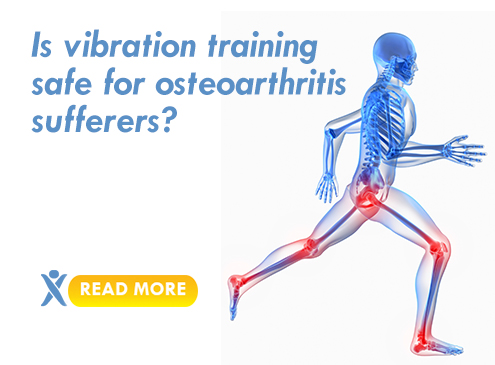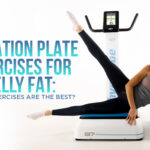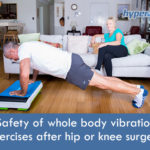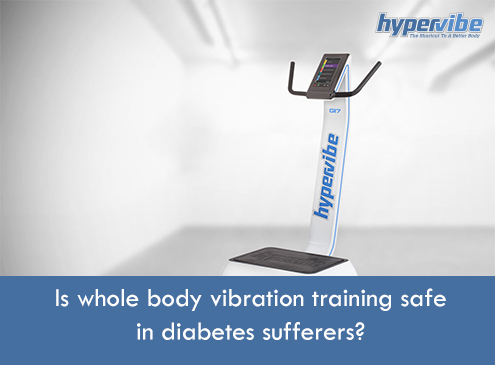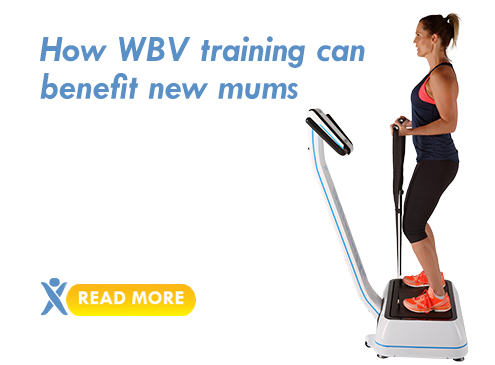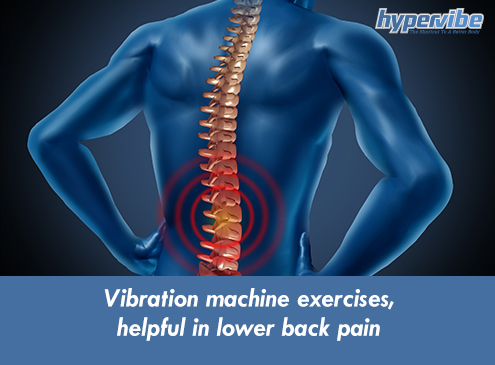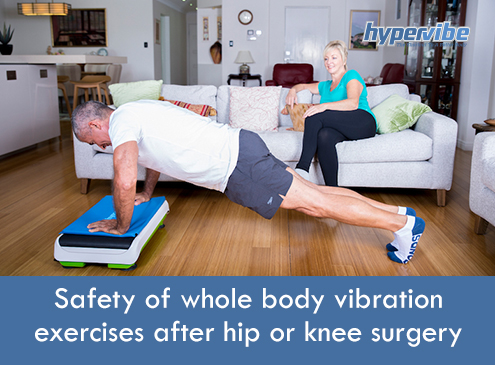Is vibration training safe for osteoarthritis sufferers?
Although it may sound counterintuitive to recommend whole body vibration to arthritis sufferers, existing studies suggest that vibration training may improve the muscle strength and the functioning of joints in people affected by osteoarthritis.
At the same time, exercises done on a vibration machine may be an effective and safe low-impact solution for reducing the pain associated with rheumatoid arthritis.
Causes and symptoms of osteoarthritis
One of the most common forms of arthritis, osteoarthritis occurs when the tissue that surrounds the bones in joints wears down or gets damaged. The degradation of cartilage is progressive and is accompanied by pain, stiffness and loss of flexibility, all these symptoms being caused by bones rubbing against each other.
Although it’s not fully understood what triggers the damaging of the cartilage in the first place, age and weight both seem to play a role in the occurrence of this condition. Osteoarthritis appears mostly in people aged 45 or older, and is more likely to develop in overweight or obese individuals.
Diabetes sufferers, people with gout or rheumatoid arthritis, those who suffer from inherited conditions that affect the cartilage and individuals with bone deformities are more likely to develop OA. Also, women are more prone to this ailment and people who practice activities that place repetitive stress on joints are at higher risk of developing osteoarthritis.
Besides the already mentioned stiffness of joints and pain that occurs mostly during or after movement, one may also experience joint tenderness, a decrease in the overall flexibility and range of motion, as well as a grating sensation. In some cases hard lumps may form around the arthritic joints.
Although these symptoms and the damaging of the cartilage can occur in any joint, the hands, spine, knees hips and knees are more prone to OA due to the continuous stress that’s placed on these joints during the day. Depending on the severity of the pain, one may not be able to do regular activities like walking, climbing stairs or performing tasks that require precision and involve fine joint movements.
Influence of vibration training in OA patients
Staying active and practicing exercises that don’t put too much stress on joints is useful in maintaining a healthy weight and reducing the symptoms of OA, as well as in slowing down the progression and improving the functioning of joints.
However, not all forms of exercise are safe for osteoarthritis sufferers; lifting heavy weights for example may not be the best idea because of the increased load. Running or sprinting may not be very safe either, but swimming, walking, yoga, pilates and any other activity that is of low-impact and doesn’t put too much stress on joints are good choices.
What about vibration training? Exercising on a platform that sends vibration waves through one’s body may not seem like the best idea for someone whose joints are damaged, but studies suggest exactly the opposite: whole body vibration may actually be a safe alternative to strength training for people suffering from osteoarthritis.
How does WBV help in this condition, more specifically? First, this form of exercise increases the strength of muscles and bones, warms up the joints and stimulates circulation, enhancing the blood flow and the delivery of nutrients to all the tissues that form the joints.
Then, studies have showed that vibration training reduces the pain associated with osteoarthritis, and improves the dynamic balance in people with knee OA. In the same category of people, whole body vibration was shown to improve the ability to perform a step test and 20-m walk test, and to be well tolerated by most sufferers.
According to Brazilian researchers, WBV may improve balance and gait quality, reduce pain and inflammatory markers in people with knee osteoarthritis. Similar results were obtained by Danish scientists, who showed that WVB exercise is a safe and time-saving method for increasing muscle strength, improving balance and for the overall rehabilitation of women with knee osteoarthritis.
Thus, if you’re suffering from OA and are looking for an effective, low-impact form of physical activity to practice for staying in shape and achieving relief from some of the symptoms, whole body vibration can be a safe choice.
Have something to add to this article? Comment below or join our Facebook community and share your thoughts with us!
